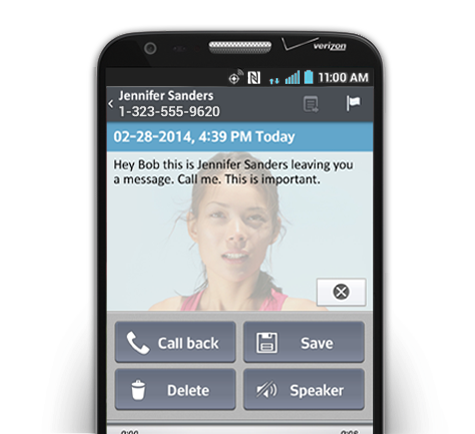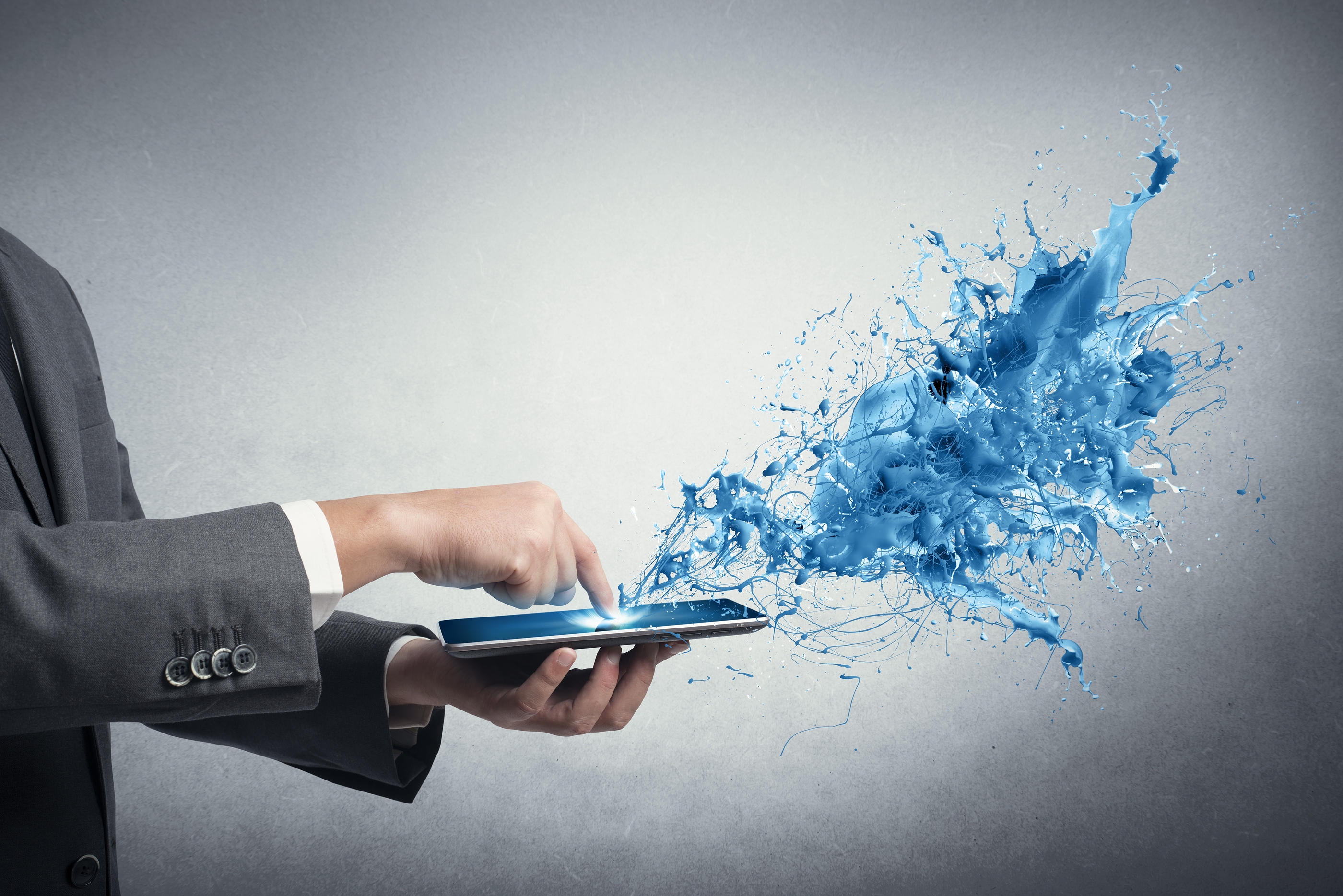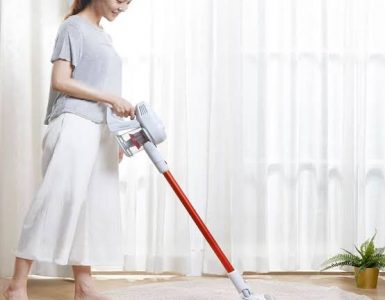Living with a disability can be frustrating. You can feel like the world just isn’t set up for your needs. Thankfully, modern technology is doing a lot to remedy that, especially as more and more techies with disabilities enter the workforce and begin to develop better assistive technology.

Here are just a few of the great things technology has done to make life better for people with disabilities:
1. Online Customer Service Chats
Making phone calls isn’t always easy. If you struggle with hearing, speaking or social interactions, picking up the phone to call customer service may simply not be an option. Thankfully, more and more companies are implementing live customer service chats on their websites.
These live chats allow you to talk with a customer service representative on a text-based interface, which is handy for people of all abilities but invaluable for hearing-impaired and nonverbal customers. They circumvent the hassle of old-fashioned teletype (TTY) machines and allow disabled customers to interact with the company the same way abled customers do.
2. Visual Voicemail
How do you listen to voicemail when you can’t hear? Easy! You simply get yourself a free app that transcribes your voicemails into easy-to-read emails.

Visual voicemail is great for more than just deaf and hard of hearing folks, though. If you have processing difficulties associated with a developmental or learning disorder, you’re probably sick and tired of listening to voicemails over and over, trying to remember the last few digits of the callback number. Something as simple as a free voicemail-to-text app can be a huge relief.
3. Eye-Tracking Communication Devices
Some people can’t speak, write or sign, but that doesn’t mean they have nothing to say. Eye-tracking communication devices allow you to communicate with your eyes when you can’t speak with your mouth or hands.
This technology allows people to type and select images using only their eye movements, allowing people recovering from strokes or living with motor disorders like ALS and cerebral palsy to browse the internet and communicate with the people around them.
4. Executive Function Apps
For anyone struggling with executive functions like planning, multitasking and keeping track of time, there are multiple opportunities for you. Thankfully, the age of smartphones and tablets has produced a wealth of apps to help you organize your thoughts.
Many executive function apps cater towards kids, so adults have to look a little harder to find age-appropriate apps. However, the recently-released RoutineFactory for Android devices fills exactly that niche — it’s easy to use without being childish, providing a highly customizable interface for people of all ages and abilities.
5. Dog-Operated Technology
If you rely on a service dog to help you with day-to-day tasks, dog-operated tech can make your life infinitely easier. Turning on the lights can be tricky if not impossible when you have a motor impairment or chronic pain, but handy dog-operated light switches allow your canine companion to do the task for you.
Another game-changing piece of service-dog tech is the soon-to-be-released Woof to Wash, a washing machine that can be operated entirely by a dog. This specialized washing machine will be limited to the UK when it makes its debut, but its popularity with the media may set the stage for more widespread service animal tech in the near future.
In this technological age, leaps and bounds are being made every day give people with the independence they deserve. Just imagine the possibilities as technology allows more people with disabilities to enter the engineering field, leading to the development of even more specialized assistive technology!




